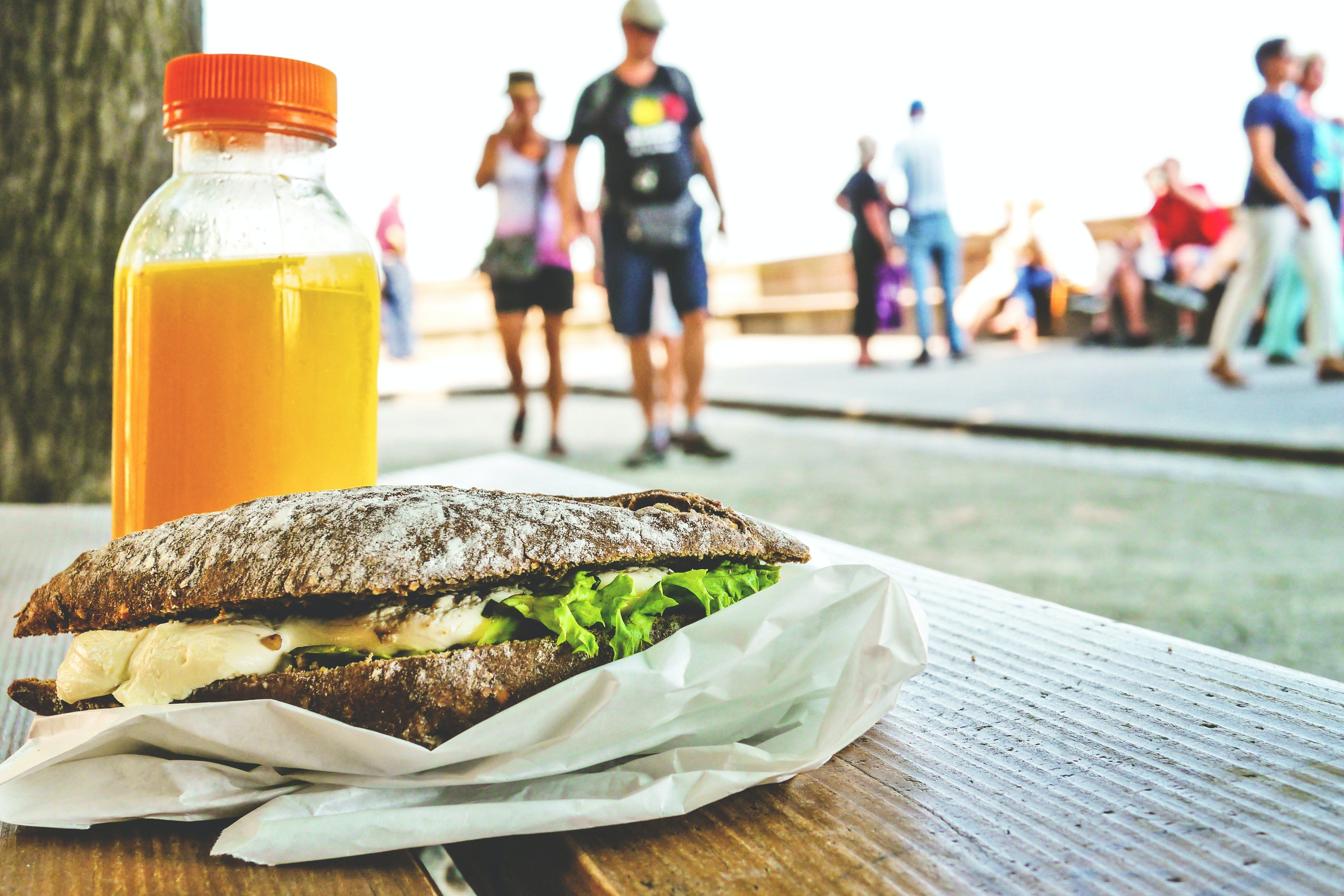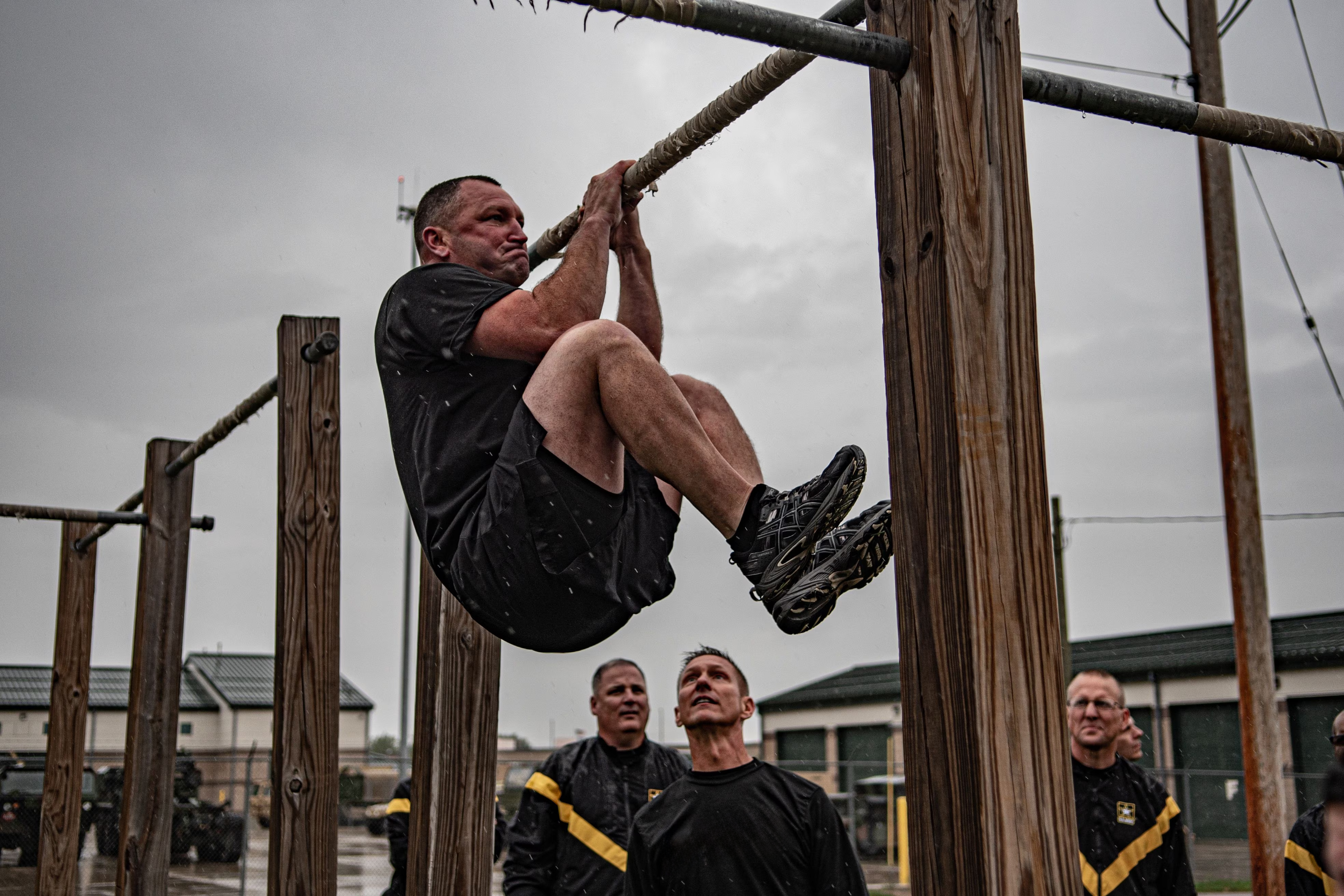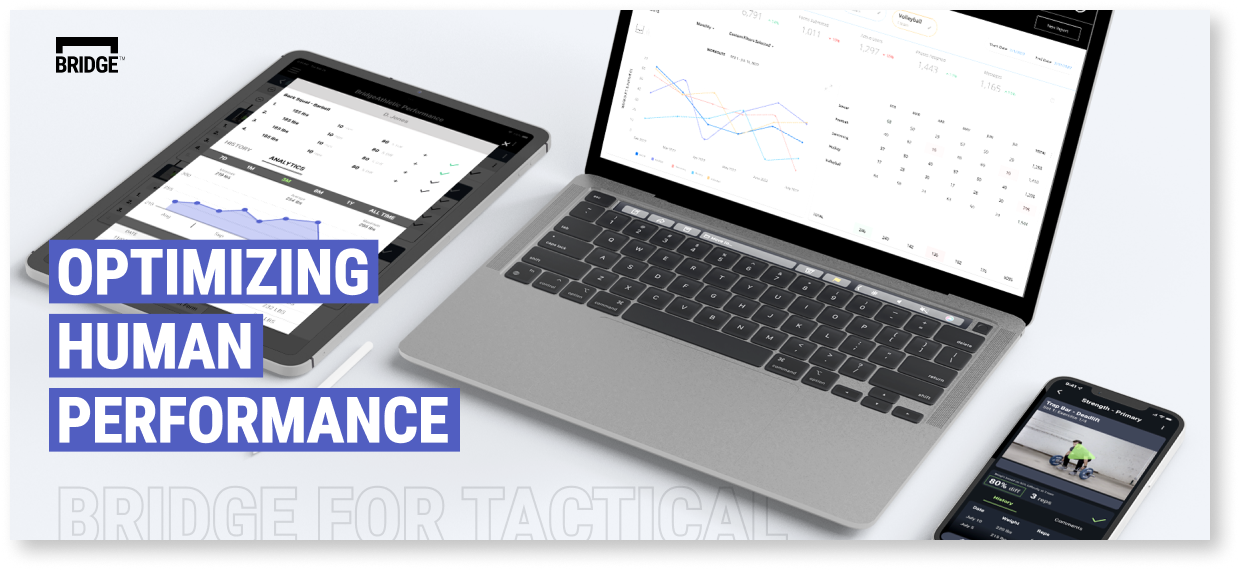Post-Training Nutrition for Tactical Professionals
Eating after a workout can be a challenge for tactical professionals. Having grab-and-go fuel before they run to the next task is key to recovery. To recover appropriately, the energy burned from exercise needs to be replaced. A good post-workout meal replaces the carbohydrates burned during the workout and provides amino acids for optimal muscle recovery.
What should tactical professionals eat after training?
Timing
Ever heard of the “anabolic window?” A few decades ago, research suggested a post-workout meal or snack was essential within 30 minutes to maximize muscle gain. However, recent research suggests that the anabolic window can extend to 5-6 hours after a workout. Focusing on carbohydrates, fluid, and protein post-workout is still important to refuel, rehydrate, and recover.
General Post-Workout Macronutrient Guidelines
-
- 60-80g carbohydrate
- 20-25g protein
- No trans fat and < 10% saturated fat
- 16-20 oz fluid (minimum)
Meal examples
-
- Oatmeal, whey protein, and fruit
- Fruit and Greek yogurt
- Rice cakes or toast with nut butter
- Protein smoothie with fruit
- Eggs with toast
- Cottage cheese and whole
- Kodiak cake muffin cups
- Egg white frittata bites (either homemade or frozen)
- Chicken burrito bowl
- Turkey sandwich with fruit
For tactical professionals on call, recommend portable options in case of a call. Calls can be unpredictable and having a portable option may prevent overeating during later meals. Pair a non-perishable protein and carbohydrate. Include at least 16 oz of water or fluid. Good news - protein shakes count toward the fluid goal!
Portable examples
-
- Protein shake and a Fig or Clif bar
- Protein bar and two applesauce pouches
- Tuna with whole-grain crackers
- Beef jerky with dried fruit
Fast food options for post-training
-
- Burrito bowl with chicken, rice, and veggies
- Mediterranean bowl with chicken or lentils/beans
- Grilled chicken sandwich with fruit
- Turkey sub with baked chips or popcorn
- Egg sandwich with fruit
troubleshooting the post-training meal
-
- Energy crash mid-morning or afternoon
- Plan a high-protein snack at this time (ex. cheese, yogurt, deli turkey, tuna).
- Plan a small (8-16oz) cup of caffeinated coffee or tea.
- Overeating later in the day
- Choose a higher fiber or higher protein breakfast.
- Add 200-400 calories on workout days (consult with dietitian).
- Binging on food/sweets at night
- Consider a post-workout protein shake to help curb hunger on the way home from your workout.
- Too hungry to fall asleep
- If the professional ate dinner but their stomach is still rumbling, recommend a small snack to help. Cheese and crackers, fruit and yogurt, or a quick protein shake are good options.
- Eating a large meal too close to bedtime may worsen acid reflux.
- Energy crash mid-morning or afternoon
If your athletes are struggling with performance or are working around a medical condition, consider referring to a Sports Dietitian. Many Sports Dietitians have the Certified Specialist in Sports Dietetics (CSSD) certification, which requires 2,000 hoursDi of sports dietetic experience and a proctored exam. While this certification is not necessary to work with athletes or tactical professionals, it is an excellent place to start if you are just starting a referral relationship with a dietitian. EatRight.org has a list of RD’s in your area. Dietitians can help troubleshoot nutrition issues related to medical conditions and may be able to take insurance or Health Savings Account Funds. This could mean significant cost-savings if your tactical professional pays out of pocket.
Protein Powders
How do you choose which one to use?
Protein powders are not essential for muscle recovery or body composition goals. However, tactical professionals are often on the go and may lack time for meal preparation. Protein powders and bars can help fill the gap between meals.
With so many products on the market, many professionals are swayed primarily by marketing or social media. When choosing a powder, one of the critical factors in protein quality is essential amino acid content and leucine content. Whey-based products have the highest percentage of essential amino acids, a high leucine content, and are fast digesting.
Whey protein is often cheaper and dissolves better in water compared to other protein powders. Whey protein results in better muscle recovery relative to plant-based protein powders. When combined with a carbohydrate-containing beverage, whey protein also speeds up glycogen replacement after intense training. Glycogen replacement is critical if additional drills or training occur later in the shift.
Like whey, soy is also considered a complete protein. However, soy protein has 85% lower essential amino acids relative to milk. Research also suggests that soy phytoestrogens may inhibit growth factors needed for muscle recovery. While soy is not a “bad” protein source, it is not as effective for muscle recovery relative to whey. Soy protein is a great option for those who have a dairy allergy or for those following a vegan diet.
To optimize muscle recovery and body composition, research suggests that overall protein intake should be spread throughout 3-4 meals in 20-35g doses. If a full meal is unavailable, protein powder can be mixed into smoothies, overnight oats, or even homemade muffins.
Sources:
Alvar, B.A., Sell, K., Deuster, P. A. (2017). NSCA’s Essentials of Tactical Strength and Conditioning. Human Kinetics.
Aragon & Schoenfeld. (2013). Nutrient timing revisited: is there a post-exercise anabolic window? J Int Soc Sports Nutrition. 2013;10:5. Retrieved fromArciero, P. J., Ormsbee, M. J., Taylor, L. W., Wilborn, C. D., Kalman, D. S., Kreider, R. B., Willoughby, D. S., Hoffman, J. R., … Antonio, J. (2017). International Society of Sports Nutrition Position Stand: protein and exercise. Journal of the International Society of Sports Nutrition, 14, 20. https://doi.org/10.1186/s12970-017-0177-8
Kreider, R.B., Wilborn, C.D., Taylor, L. et al. ISSN exercise & sport nutrition review: research & recommendations. J Int Soc Sports Nutr 7, 7 (2010). https://doi.org/10.1186/1550-2783-7-7
Thomas DT, Erdman KA, Burke LM. Position of the Academy of Nutrition and Dietetics, Dietitians of Canada, and the American College of Sports Medicine: Nutrition and Athletic Performance. J Acad Nutr Diet. 2016 Mar;116(3):501-528. doi: 10.1016/j.jand.2015.12.006. Erratum in: J Acad Nutr Diet. 2017 Jan;117(1):146. PMID: 26920240.
Wilson, J., Lowery, R., Loenneke, J., Duncan, N., Zanchi, N., Wilson, S. (2013). Optimizing protein composition for body composition and sports performance. In Smith-Ryan, A. & Antonio, J. Sports nutrition & performance enhancing supplements. (pp. 31-53). Linus Learning.
About the Author

Megan is a Registered Dietitian and strength coach who specializes in first responder nutrition. Megan shows first responders how to eat healthier when they don’t have time, money, or energy. Megan is the owner of RescueRD LLC, which provides nutrition seminars and coaching for tactical athletes across the country. Check out @Rescue.RD on Facebook and Instagram.
Related Posts

Supplement Safety with Tactical...
Dietary supplements seem like the "magic pill" a tactical operator needs to perform better,...

Eating Healthy on the Go: Tips for Busy...
It's no secret that tactical professionals have weird schedules. So why do health professionals...

Post-Training Nutrition for Tactical...
Eating after a workout can be a challenge for tactical professionals. Having grab-and-go fuel...


